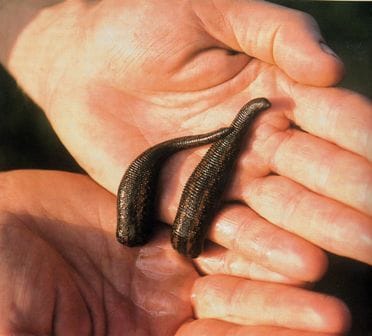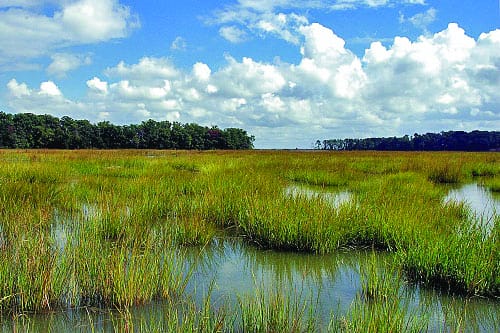Seahorse race to equine finish line
Mathemetical model demonstrates an upright advantage

How did the seahorse get its shape? According to a new study published in Nature Communications, the tiny critters’ horse-like bodies evolved to help them capture prey large distances away from their beady eyes.
Seahorses, so-called because their bent head, curved neck and long snout resemble our equine friends, evolved from pipefish, which have straight, pencil-like bodies. Both seahorses and pipefish are part of the syngnathid family of fishes, which feast on small shrimps and larval fishes and are all equipped with large tendons that enable speedy head and neck movements. Unlike pipefish, which swim towards their prey, seahorses dine by a process known as pivot feeding, where the recoil of these tendons allows their head to move rapidly upwards and draw the prey into their snout using suction.
It’s been suggested the evolution of seahorses from pipefish was somehow related to changes in seagrass habitats or the creature’s behaviour towards hunting for food, but until now it’s not been understood how the straight and narrow bodies of pipefish evolved into the S-shaped structure seen in seahorses today.
To investigate, Sam Van Wassenbergh at the University of Antwerp and colleagues developed mathematical models to simulate head rotation in both fishes. By gradually adjusting the posture of the head and trunk, they transformed the pipefish model into a seahorse-like shape. Whilst doing so, the team discovered the strike distance (the distance between the eyes that see the passing prey and the final position of the mouth that catches it) increased considerably.
Motion measurements recorded by the group revealed a curved trunk enables the seahorse to strike at prey further away compared to pipefish. An increased strike distance is particularly useful for seahorses, who spend more than 80% of their time glued to seagrass or fellow seahorses, and adopt a ‘sit-and-wait’ feeding strategy, where they sit tight whilst scanning the water for tasty-looking prey.
The team propose this difference in foraging behaviour is linked to selective pressures on strike distance, which caused the sharp head and trunk angle seen in seahorses to evolve. Because seahorses are weak swimmers, evolving an S-shaped body increased the volume of water in which they could probe for prey, whilst allowing them to cling on tight and lunge forward. This sit-and-wait feasting method is likely to have evolved before selection for increased strike distance through a curved trunk in the common ancestor.









